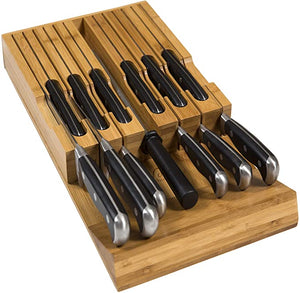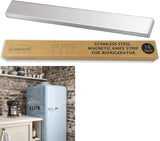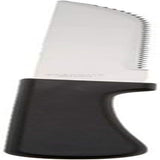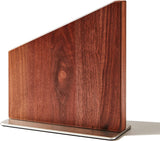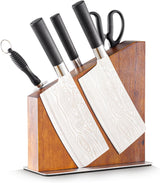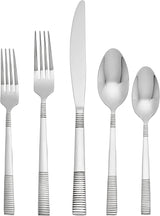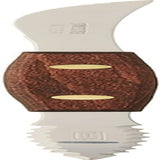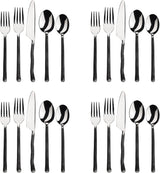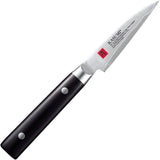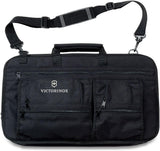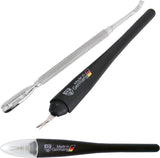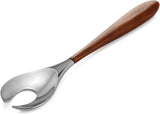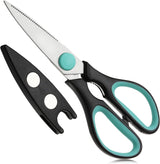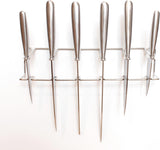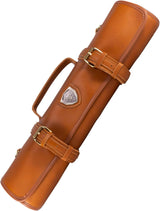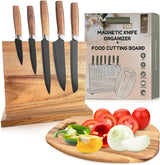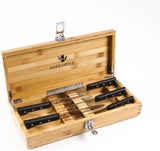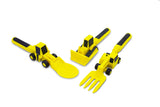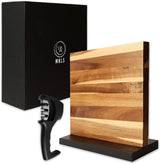For culinary enthusiasts and kitchen professionals alike, mastering the skill of sharpening a steak knife is not just beneficial; it's vital. A knife with a sharp edge enhances your culinary precision and transforms the dining experience for your guests. In this comprehensive guide, we will delve into the nuances of knife sharpening, outlining the best tools, effective techniques, and common pitfalls to avoid. Whether you're gearing up for a steakhouse service or simply want to impress at your next dinner party, we've got you covered.
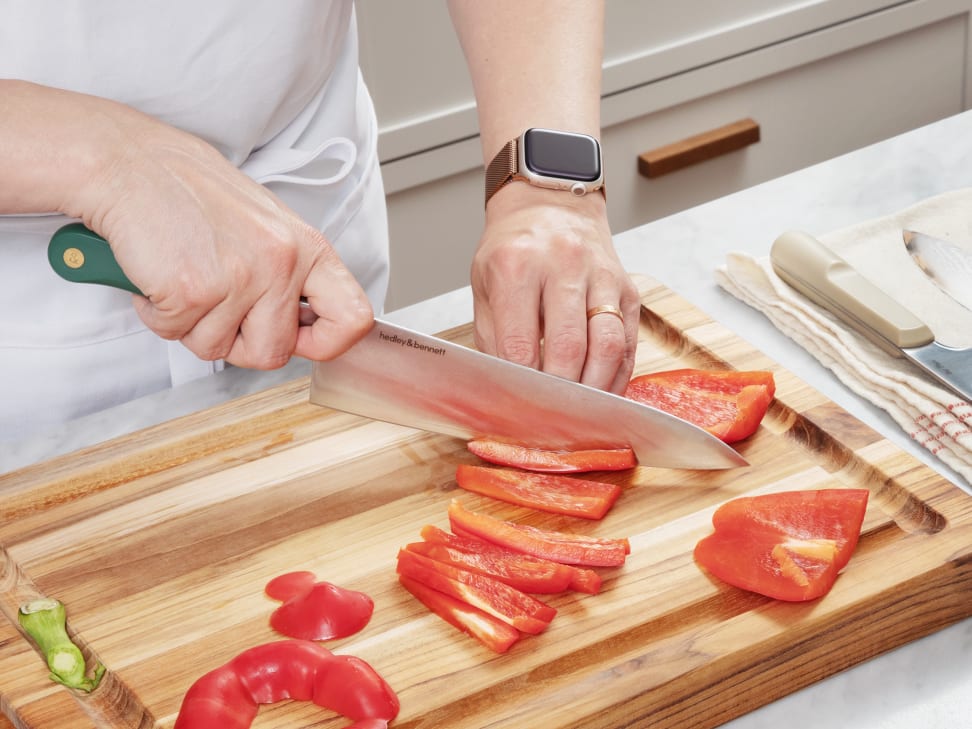
Why a Sharp Steak Knife is Essential
Professionals in the kitchen understand the significance of keeping knives sharp. A dull steak knife can turn slicing into a challenge, producing uneven cuts that compromise both presentation and texture. Plus, using a blunt knife requires more force, increasing the risk of slipping and potential injury.
Regularly sharpening your steak knives increases their longevity and performance. By perfecting the art of how to sharpen a steak knife, youll save time, minimize effort, and produce clean, precise cuts every time.
The Best Tools for Sharpening a Steak Knife
While there are various tools available for knife sharpening, not all are suited for achieving professional results. Here are the most effective ones:
Ceramic Honing Rods
Ceramic honing rods are great for lightly sharpening serrated edges. These rods fit easily into the grooves of steak knives, ensuring that each serration gets the attention it needs. For kitchen pros, this tool enhances the knife's performance significantly.
Handheld Knife Sharpeners
Ideal for quick touch-ups, handheld sharpeners are easy to use. They work best on straight-edged steak knives, although they're not the best fit for serrated types due to their unique design.
Manual Sharpening Stones
A sharpening stone, particularly a whetstone, offers unparalleled control when it comes to adjusting blade sharpness. They're exceptional for straight-edged knives but require precision when used on serrated blades. Focus carefully on sharpening each serration tooth.
Professional Sharpening Machines
If efficiency and consistency are paramount in your kitchen, consider investing in a professional sharpening machine. These machines excel at sharpening both straight and serrated knives and produce remarkable results in a fraction of the time.
Step-by-Step Guide: How to Sharpen a Steak Knife
To sharpen a steak knife correctly, its important to follow specific steps. Heres a professional-approved method:
Step 1: Identify Your Knife Type
First, check if your steak knife has a serrated or straight edge. This distinction is crucial as sharpening techniques vary greatly between the two types.
Step 2: Choose the Right Tool
Select the appropriate sharpening tool based on your knife type. A ceramic rod is ideal for serrated knives, while straight-edged steak knives can be sharpened effectively using a whetstone or machine.
Step 3: Clean Your Knife
Before beginning the sharpening process, ensure your knife is clean and dry to avoid debris interference. You can find helpful cleaning steps here.
Step 4: Sharpen Your Knife
For straight-edged knives, slide the blade gently across your sharpening stone or machine at a 20-degree angle. For serrated steak knives, carefully sharpen each serration tooth separately with the ceramic rod, maintaining the correct angle.
Step 5: Polish the Blade
Polishing your knife after sharpening is essential. Use a polishing cloth or finishing tool to enhance both the shine and smoothness of your blade, ensuring it looks as good as it performs.
Avoiding Common Mistakes When Sharpening Steak Knives
While sharpening knives, here are some common errors professionals encounter, which can hinder performance:
- Using the incorrect tools for serrated knives.
- Applying uneven pressure during sharpening, leading to jagged edges.
- Sharpening at the wrong angle, which can damage the blade.
- Neglecting to clean the knife before and after sharpening.
Steering clear of these mistakes ensures optimal knife performance every time.
How to Extend the Life of Your Steak Knife
Keeping your knife sharp goes beyond just sharpening. Here are tips to prolong your steak knife's life:
- Store knives safely in a knife block or on a magnetic strip to prevent damage.
- Clean knives immediately after use to avoid rust and stains. Check out these cleaning tips for more advice.
- Avoid cutting on hard surfaces like glass or metal; opt for wooden or plastic cutting boards instead.
- Regularly hone your knives to keep them sharp between full sharpening sessions.
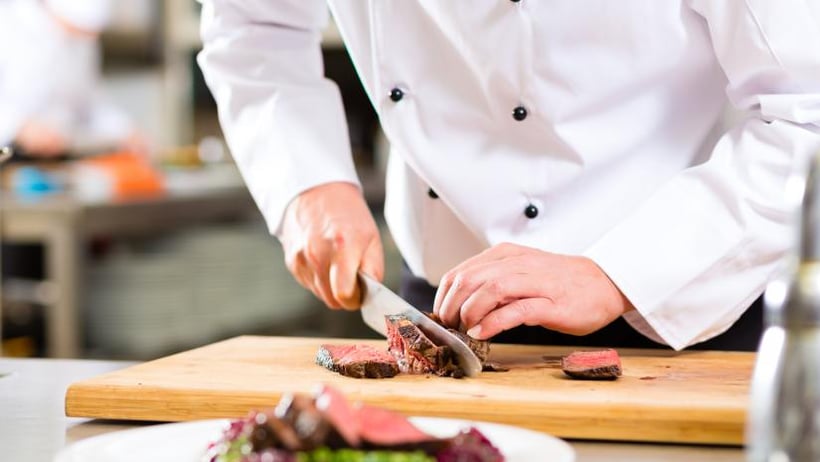
Frequently Asked Questions
1. How often should I sharpen my steak knife?
Frequency depends on usage. In professional kitchens, knives may need sharpening as often as weekly or bi-weekly, while serrated knives typically require sharpening every 6-12 months.
2. Can I use an electric sharpener on a serrated steak knife?
Most electric sharpeners are not suitable for serrated knives. A ceramic honing rod is the better choice for precise sharpening.
3. How do I know if my steak knife is sharp?
Conduct a simple cutting test on a piece of paper or a ripe tomato. A sharp knife should slice through effortlessly without tearing.
For further information on different types of kitchen knives and their purposes, visit this guide.
Additionally, you can explore this resource for more sharpening techniques.
This article contains affiliate links. We may earn a commission at no extra cost to you.
